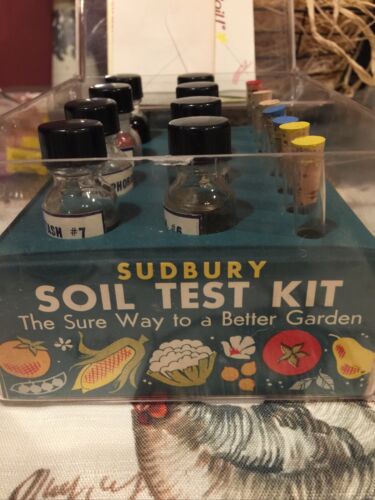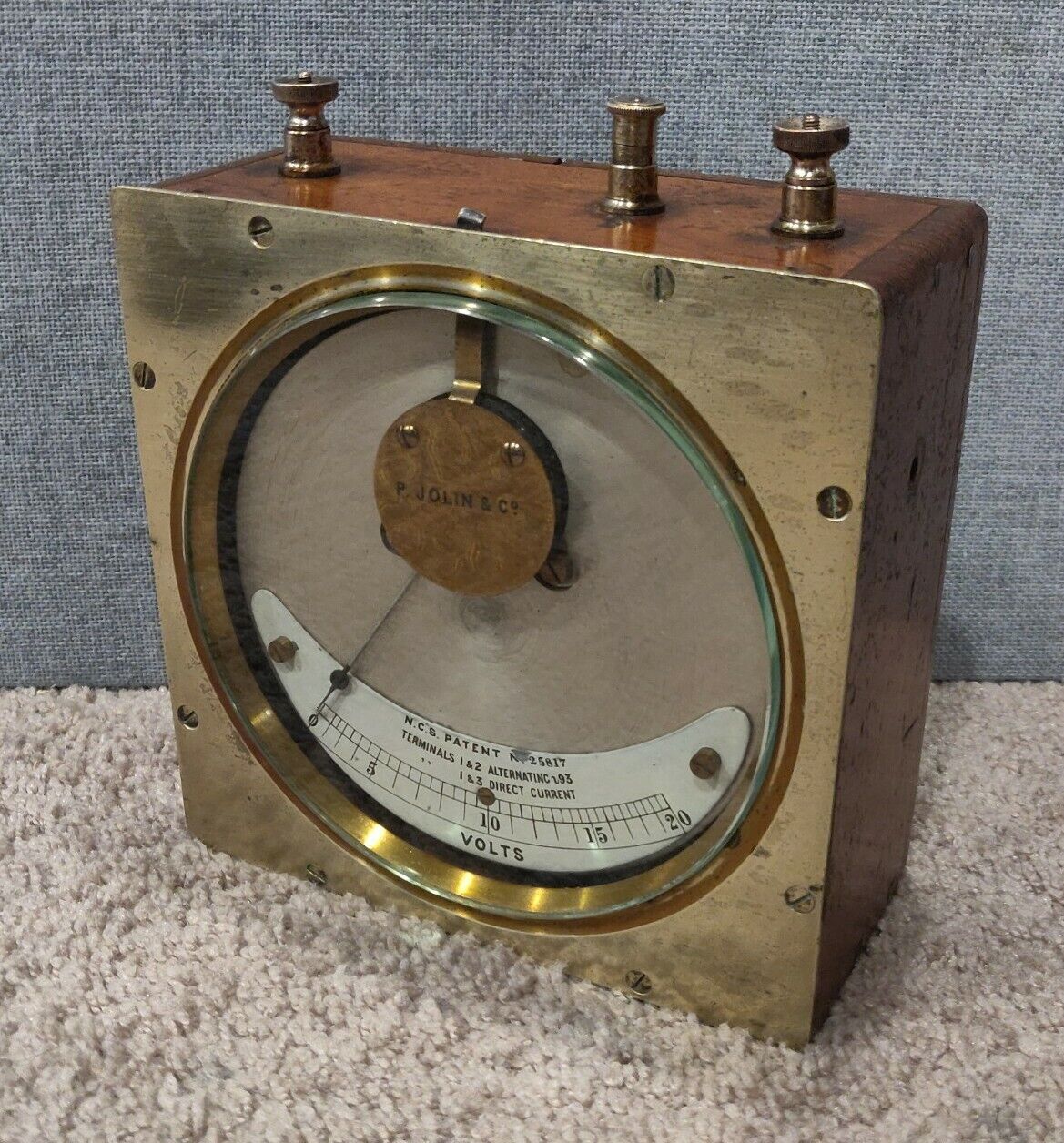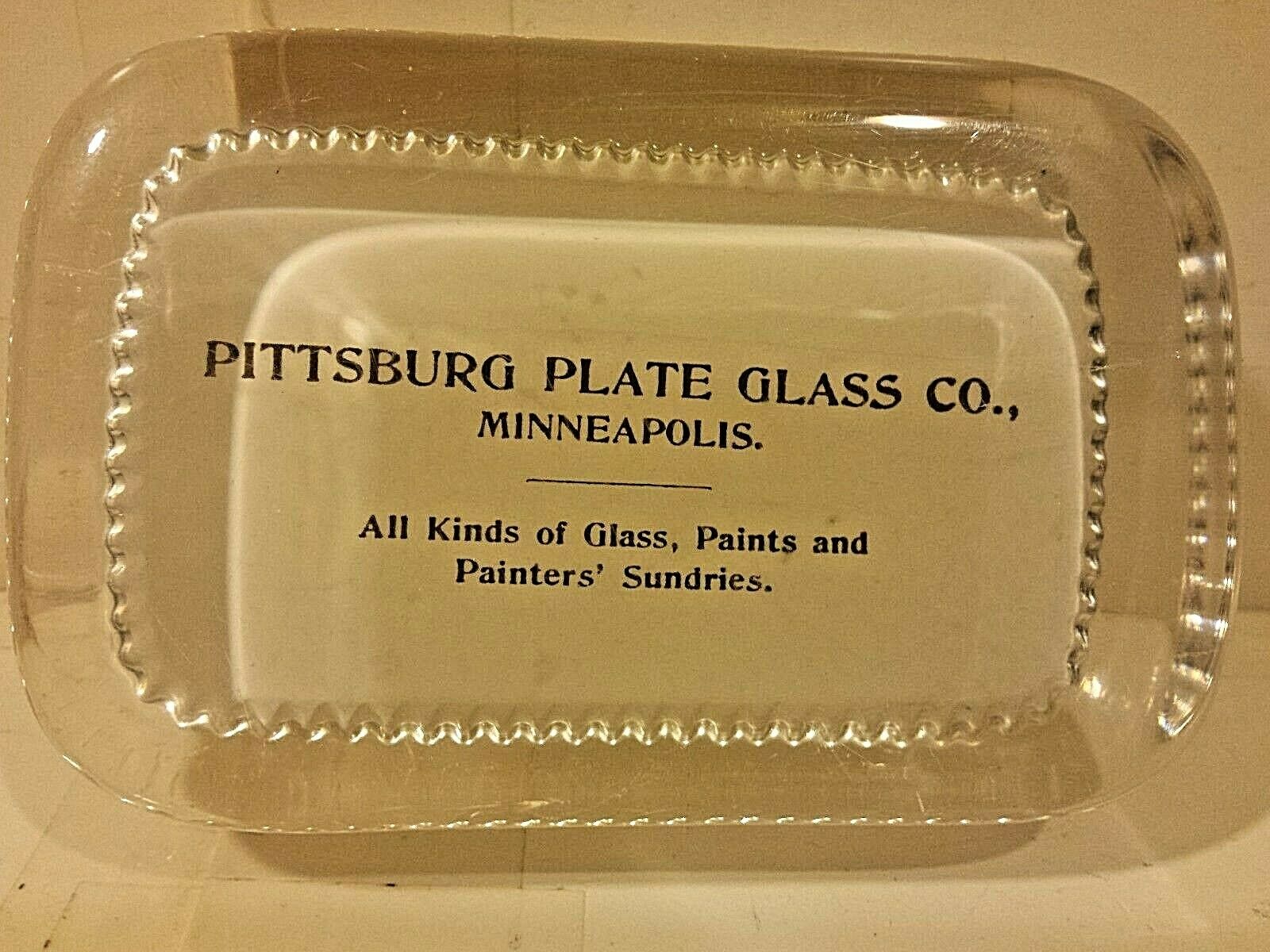-40%
Antique Brass Cast Iron Scientific Instrument Spectrometer London 192 Spect
$ 924
- Description
- Size Guide
Description
Antique Brass Cast Iron Scientific Instrument Spectrometer Made in London 192 SpectFor sale is a 1920’s spectroscope in in excellent condition with a superb patina. This is a complex and fully functional scientific instrument with TONS of knobs and adjustments that aren’t there just for show! You can play with them, adjust the instrument and if you wish: still use it for its intended purpose!
With the two iron arms flaring out across from each other, the piece presents itself in all its intricacy and glory. There is no other place for it besides the center of your collection.
This scientific instrument was manufactured in the early 1900’s: a time that has long ago been lost to us. I personally have enjoyed interacting with it by adjusting all the knobs, seeing what happens to the system when you do, and rotating the stage (reading out the alignment adjust from the window in the ironwork). It gives you a sense of childlike wonder. Every time I look at it: I feel like I am interacting with something out of a Hayo Miyazaki movie like “Howls Moving Castle.” It almost out of this world. Out of the pages of Jules Vernes. Its almost alike a piece of science fiction. And to some extent: pieces like this probably inspired the science fiction writers of their time. Read on to find out more.
Purpose:
This device used the properties of light to identify and determine the quality and composition of materials. It would work by having a material burned at one side of the spectrometer and from its flame: this device is able to read the atomic spectra of the material that is producing the fire. You read the atomic spectra by looking through a small telescope at a prism (which breaks down the light) and moving the telescope in a circular pattern around the center brass plate.
The most likely used of this device is to train future scientists who studied the properties of matter in courses like physical chemistry or quantum physics.
It may also have been used in scientific research labs to identify unknown chemicals and test out the purity of materials. Its unlikely that this device was used for those purposes because of its excellent condition. It’s as if this instrument sat on a shelf since the 1920’s collecting patina and waiting until someone who can appreciate fine craftsmanship can claim it as their own.
In short
: From the unknown’s substances fire: you can identify what it is. It reads like poetry.
Companion Text to Gain More Appreciation for This Item:
“The celebrated phenomena of colours: the early history of the spectroscope” by J.A. Bennett
Rarity
:
These items were bespoke scientific instruments crafted for a select few researchers who needed to ensure the highest quality of materials for precise scientific work.
These devices were manufactured in small amounts and were used in heavy rotation until electronic versions made these manual use devices obsolete. This 1920s version is one of the last models of manual operated spectrometers manufactured before electronic versions replaced them.
The fact that these were used in heavy rotation in research labs and that they are made out of many tiny fine precision components make it a miracle that a spectrometer of such caliber is still around. Although there are other spectrometers there are none that represent such old-world charm outside of museums. Older spectrometers than this were used as early as the time of Newton 1600’s – 1700’s but are likely lost due to their metal components being recycled for other uses.
Age of Item:
Manufactured in the 1920s. Age is ascertained by scientific museum records of the same spectrograph (with same image and inscription) of the Indiana University Department of Physics Historical Scientific Instrument gallery (digital collection).
Item Origin:
This item was manufactured by W. Wilson in London, England.
It was imported into the United States by A.B. Porter (a company based out of Chicago, IL).
Condition/Patina:
Patina
: The instrument itself has very little paint chipping and where it does: its just he perfect amount. You can see that it was in use but not in heavy rotation. The dull brass really shows the history this spectrometer is made out of. The slightly faded (yet still clearly visible) dials and degree readouts are at a perfect balance of aged and yet still working. The item is aged enough to tell its age, but not aged enough to be broken down. In other words: pefect patina.
Mechanical Functions:
Every part of this assembly works 100%. This spectrometer is ready to get back into action! Every last spring is still tight. Every last dial still spins. Nothing is rusted together or stuck.
Inscriptions on Item:
W. Wilson London
0.175
A.B. Porter Agent for USA
Shipping
:
The item will be packaged securely and shipped via the standard USPS Ground Shipping Method. International buyer accepted and encouraged!
Returns
:
Standard eBay 14 day returns – buyer pays return shipping.
Key Words:
Spectrometer Spectrophotometer Spectroscope

















